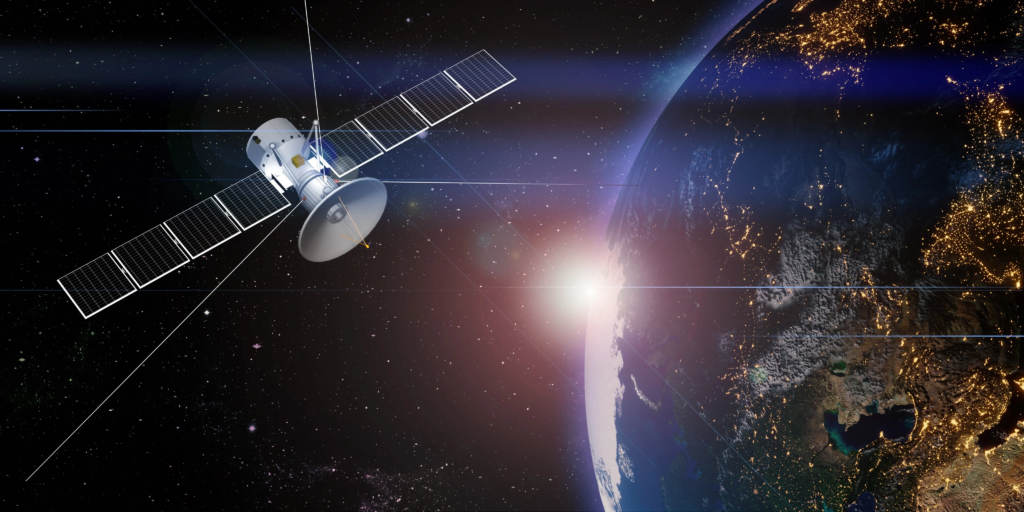China has taken a monumental leap in satellite technology by developing laser-based communication systems that promise to outpace SpaceX’s Starlink. This breakthrough isn’t just about setting records; it signals a paradigm shift in global connectivity. With its Jilin-1 satellite constellation achieving a data transmission speed of 100Gbps to ground stations, China’s laser satellites are positioning themselves as a formidable competitor in the race for 6G dominance.
What Sets China’s Laser Satellites Apart?

Follow us on our Official WhatsApp channel
The cornerstone of China’s innovation lies in its use of high-speed laser technology. Unlike traditional radio frequency (RF) systems, lasers offer significantly higher bandwidth and lower latency. These attributes make laser-based systems a game-changer for data-heavy applications, such as real-time video streaming, advanced IoT networks, and autonomous vehicle communication.
[RELATED: Starlink’s Direct-to-Cell Could Save Lives]
The recent achievement by Chang Guang Satellite Technology Co. underscores China’s intent to dominate this domain. Transmitting at a blistering 100Gbps from space to a ground station mounted on a moving truck not only demonstrates technical prowess but also highlights the system’s adaptability to dynamic environments. This level of performance outshines Starlink’s current capabilities, which rely on RF-based communication.
Key Advantages Over Starlink
- Unmatched Speed: With transmission speeds ten times faster than their previous records, China’s laser satellites have set a benchmark that Starlink is yet to meet.
- Reduced Interference: Laser communication systems are less susceptible to signal disruption compared to RF systems, ensuring more reliable connectivity.
- Compact Ground Equipment: The ability to use truck-mounted stations instead of large fixed installations adds a layer of flexibility that Starlink’s dish-based system cannot offer.
- Future-Proofing: As the global demand for data grows exponentially, laser systems’ scalability gives them a significant edge.
Challenges and Potential Impact
While the technology holds immense promise, it’s not without hurdles. Atmospheric interference, such as rain and fog, can degrade laser signals. However, advancements in adaptive optics and error correction algorithms are actively addressing these issues.
If successfully deployed at scale, China’s laser satellites could revolutionize sectors ranging from telecommunications to disaster management. For regions with limited internet access, this technology could bridge the digital divide, offering high-speed connectivity without the need for extensive infrastructure.
What’s Next in the 6G Race?
China’s strides in laser satellite technology indicate a broader strategy to lead the 6G revolution. By combining laser communication with AI and quantum encryption, the potential applications extend far beyond internet services. Enhanced cybersecurity, precision navigation, and even space exploration could benefit from these advancements.
Meanwhile, competitors like Starlink and OneWeb will need to innovate aggressively to keep pace. The global tech race is heating up, and the implications of who leads could reshape digital ecosystems for decades.
Conclusion
China’s laser satellites represent a bold step forward in satellite communication technology. By leveraging unprecedented speeds, reliability, and adaptability, they have positioned themselves as a serious contender against Starlink. As the 6G race unfolds, one thing is clear: the future of global connectivity is being written in lasers.

